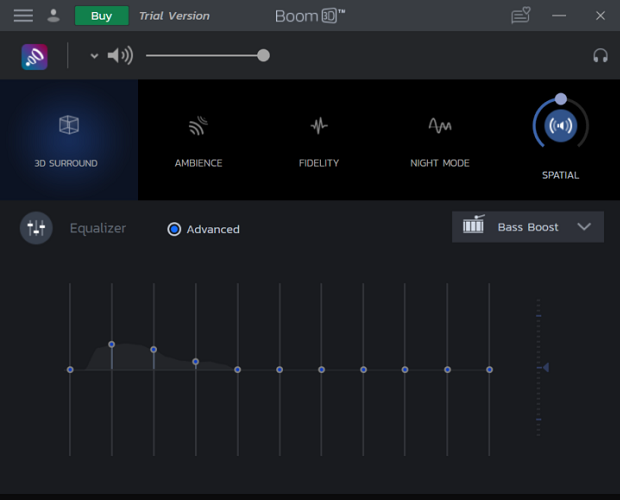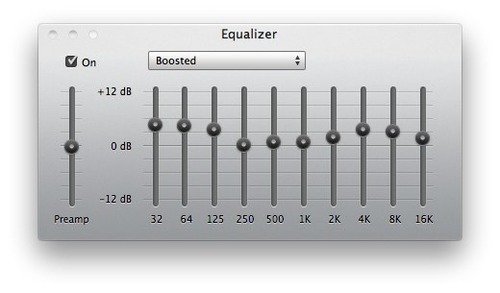
The 100Hz region is great for slap punch, while lifting around800Hzcan bring out character, and 4 to 8KHz is great for pick attack sounds. The most important frequencies for bass guitar are between 80Hz and 300Hz. Suggested settingsĭo an internet search for smiley face EQ: this, coupled with speaker cabinets that have a naturally scooped sound (bumped highs and lows, reduced mids), is the easiestway to make your low strings overwhelm the higher ones. A lesser known feature of the tone stack worth pointing out is that the EQ curve with all knobs on 3, will be different to all being on, say, 8 – there’s a noticeable change in tone after balancing the overall volume. The whole signal passes through a passive network of components and the action of all the tone knobs affect each other interactively. Whereas the above designs use active circuitry blocks to separately act upon theincoming signal in bands, a passive tone stack does not. Fully parametric equalizers will also have a method forchanging the width of the spectrum band that the filter acts upon, known as the Quality or Q control.ĭon’t over-boost frequencies below 40Hz, the majority of bass cabinets on the market can’t do anything with those subsonic frequencies anyway. You may see a semi-parametric filter used in conjunction with fixed frequency controls, offering the best of both worlds. Rather than deploying rows of filters that are fixed by the equipment manufacturer, this method uses a control to cut and boost, while a second control adjusts the centre frequency of the filter. This is my favorite form of equalization.

Expect to see three to 10 bands, with upto 18dB of cut and boost. The filter centers are usually spaced evenly across the frequency range. Often laid out with sliders of fixed frequency centers - also known as potentiometers - this EQ design features cut and boost from a middle neutral position.


These controls set up the optimum levelin and out of your pedal. Okay, I've got a pedal with an equalizer on it.


 0 kommentar(er)
0 kommentar(er)
